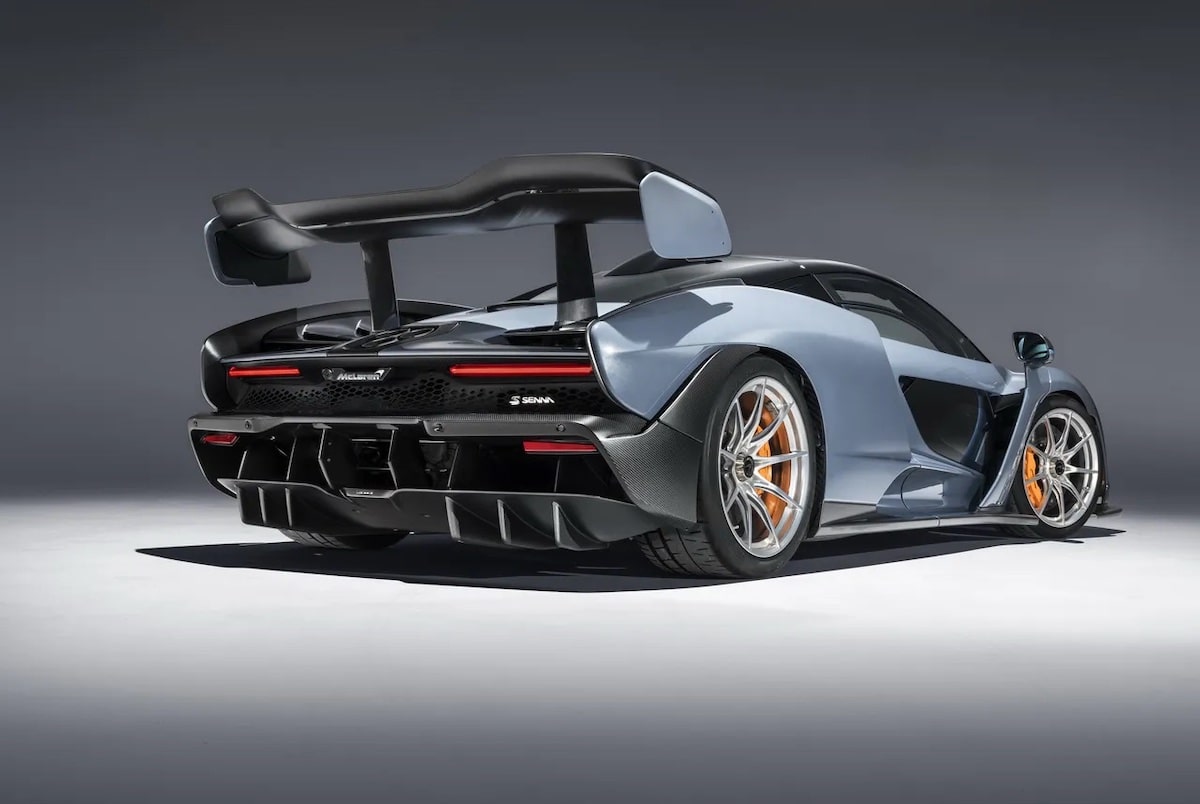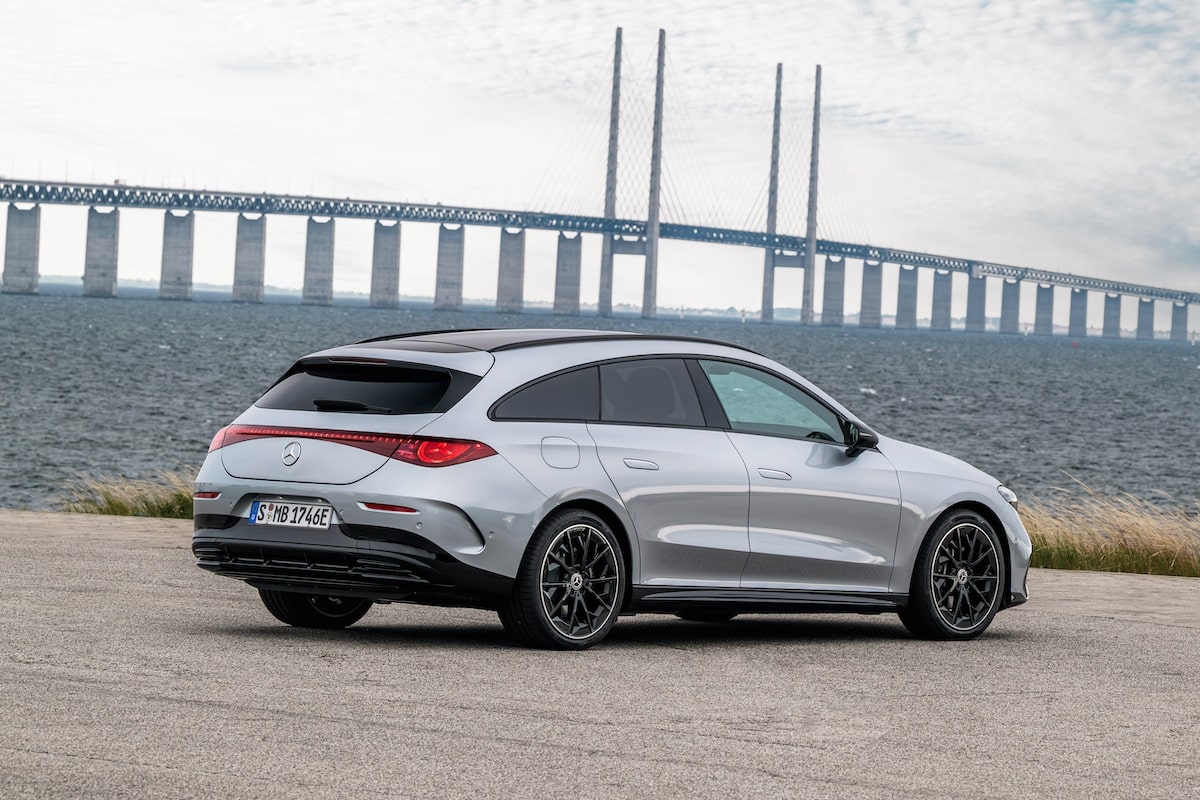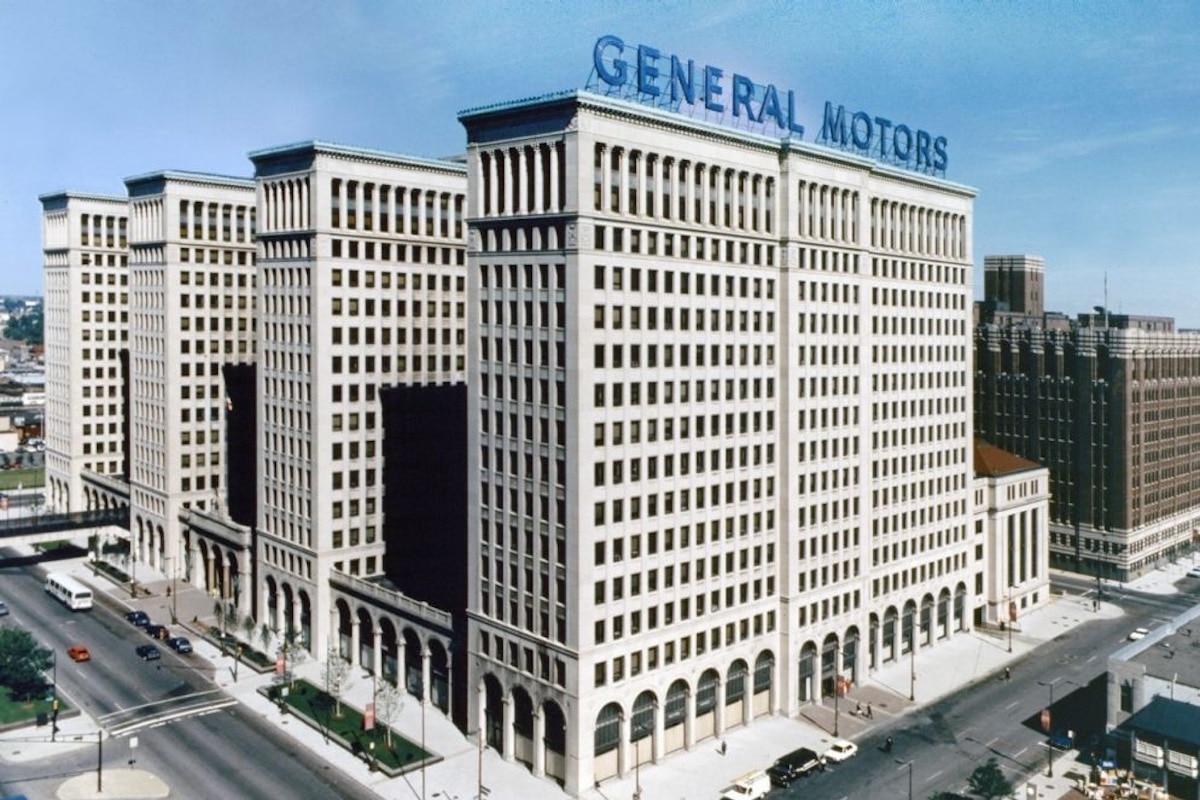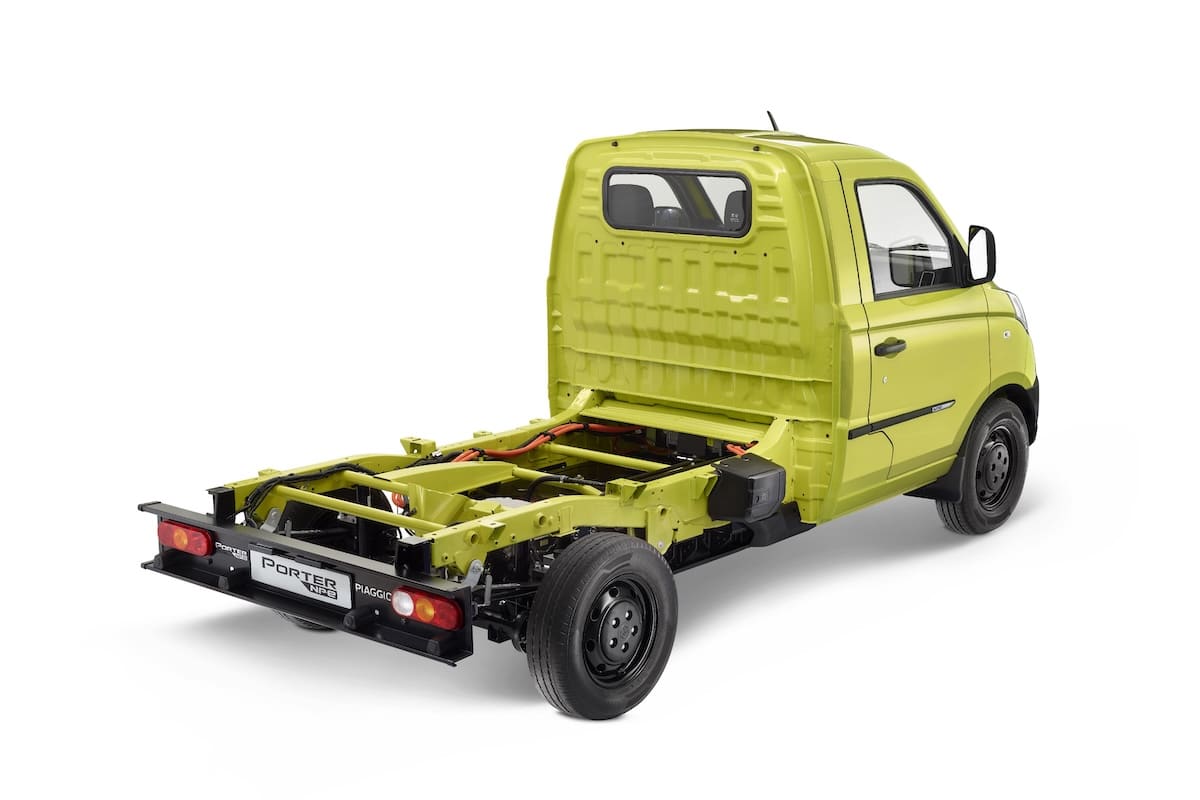On this somber May 1st, a look back at the McLaren Senna

The legendary Formula 1 driver Ayrton Senna, who passed away on May 1, 1994, at Imola, was honored by McLaren in 2017.
The McLaren Senna is a striking example of automotive engineering combined with a passion for racing. The name of the car is a tribute to Ayrton Senna, the legendary Formula 1 driver who won three world championships with the McLaren team. The McLaren Senna was designed to be the most performance-oriented and radical road car ever produced by McLaren Automotive, and its genesis reflects this ambitious goal.
Design and Development
The project of the McLaren Senna, internally referred to as P15, began with the idea of creating a car that pushed the limits of road legality to its extremes, while still remaining a street-legal vehicle. The goal was to produce a driving experience that closely reflects that of a race car. This vision guided every aspect of the vehicle’s design and engineering.
The design of the Senna prioritizes aerodynamics and lightweight construction. The body is primarily made of carbon fiber, a material chosen for its strength and lightness. The design is loaded with active aerodynamic elements, such as the enormous rear wing, which automatically adjusts to optimize downforce and balance at different speeds and driving conditions.
Powertrain and Performance
At the heart of the McLaren Senna is a 4.0-liter twin-turbo V8 engine, developing 800 horsepower. This colossal power is transferred to the rear wheels through a seven-speed dual-clutch transmission designed for near-instant gear shifts. The Senna can accelerate from 0 to 100 km/h in less than 2.8 seconds, with a top speed of 340 km/h. These impressive figures testify to McLaren‘s commitment to delivering an extreme driving experience.

Technological Innovation
The McLaren Senna incorporates numerous technological innovations, notably the RaceActive Chassis Control II (RCC II) suspension system, which adapts the suspension stiffness in real time to suit both driving style and track configuration. The interior of the car is intentionally minimalist to keep weight to a minimum, but without compromising essential technologies, such as displaying driving data on the windshield, allowing the driver to stay focused on the road.
Tribute to Ayrton Senna
The choice to name the car “Senna” is not incidental. McLaren Automotive aims to pay tribute to Ayrton Senna’s legacy by creating a car that embodies his spirit and legendary performance. The Senna is designed to deliver the thrill of Formula 1 driving while remaining a road-legal vehicle. McLaren also collaborated with the Senna family and the Ayrton Senna Institute, a charitable organization, to ensure that each car sold contributes to supporting educational projects in Brazil.
Reception and Impact
The McLaren Senna was unveiled to the public in December 2017, and its production was limited to 500 units, all sold before production even began. The vehicle has been praised for its audacity, cutting-edge technology, and its commitment to providing a pure driving experience without compromise.
With the Senna, McLaren has not just created a car; they have redefined what a road-legal hypercar can be, thereby honoring one of the greatest drivers in the history of Formula 1, Ayrton Senna.
Technical Specifications of the McLaren Senna
1. Dimensions and Weight
- Length: 4,744 mm
- Width: 2,153 mm (with mirrors)
- Height: 1,195 mm
- Wheelbase: 2,670 mm
- Dry Weight: 1,198 kg
2. Engine
- Type: Twin-turbo V8
- Displacement: 4.0 liters
- Layout: Rear-mid longitudinal
- Maximum Power: 800 hp (588 kW) at 7,250 rpm
- Maximum Torque: 800 Nm at 5,500-6,700 rpm
3. Performance
- Acceleration (0-100 km/h): 2.8 seconds
- Top Speed: 340 km/h
- Acceleration (0-200 km/h): 6.8 seconds
- Braking (100-0 km/h): 29.5 meters
4. Transmission
- Type: 7-speed dual-clutch transmission
- Drive mode: Rear-wheel drive
5. Chassis and Suspension
- Chassis type: Carbon fiber monocoque
- Suspension: RaceActive Chassis Control II (RCC II) hydraulic suspension system
- Suspension modes: Multiple adjustable modes including Comfort, Sport, and Track
6. Wheels and Tires
- Wheels: Ultra-lightweight alloy rims
- Front Tires: 245/35ZR19
- Rear Tires: 315/30ZR20
7. Aerodynamics
- Rear Wing: Active, automatically adjusting to maximize downforce
- Other Features: Rear diffuser, aerodynamic slots, front air intakes
8. Interior
- Seats: Ultra-light carbon bucket seats
- Display: Central screen for multimedia system, heads-up display for the driver
- Materials: Alcantara, visible carbon
9. Production and Availability
- Number of units: Limited to 500 units
- Year of production: Started in 2018
10. Price
- Base Price: Approximately $1 million, depending on specifications and options chosen
ALL THE LATEST FROM McLAREN
This page is translated from the original post "En ce 1er mai funèbre, retour sur la McLaren Senna" in French.
We also suggestthese articles:
Also read






